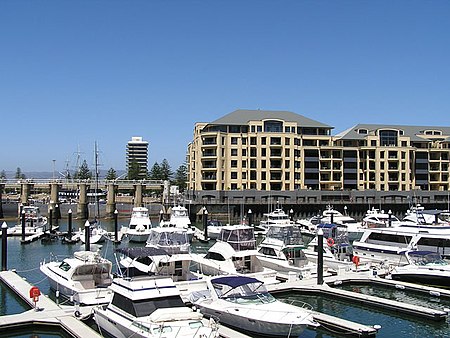Jane Nartare Beaumont (born 10 September 1956), Arnna Kathleen Beaumont (born 11 November 1958) and Grant Ellis Beaumont (born 12 July 1961), collectively known as the Beaumont children, were three Australian siblings who disappeared from Glenelg Beach near Adelaide, South Australia, on 26 January 1966 (Australia Day) in a suspected abduction and murder. At the time of their disappearance they were aged nine, seven, and four years respectively.Police investigations revealed that, on the day of their disappearance, several witnesses had seen the children on and near Glenelg Beach in the company of a tall man with fairish to light brown hair and a thin face with a sun-tanned complexion and medium build, aged in his mid-thirties. Confirmed sightings of the three children occurred at the Colley Reserve and at Wenzels Cake shop on Moseley Street, Glenelg. Despite numerous searches, neither the children nor their suspected companion were located.
The case attracted widespread police and media attention in Australia and across the globe, quickly attracting numerous suspects, hoaxes and theories. The disappearance is widely credited with causing a change in Australian lifestyles, since parents began to believe that their children could no longer be presumed to be safe when unsupervised in public. The regular and widespread attention given to the case, its significance in Australian criminal history and the fact that the mystery of the children's disappearance has never been explained has led to the story being of continuous public interest more than half a century on. As of 2018, an $1 million reward has been offered for information related to the cold case by the South Australian government.








